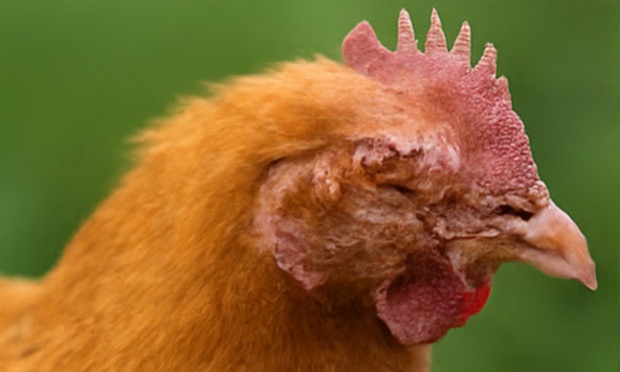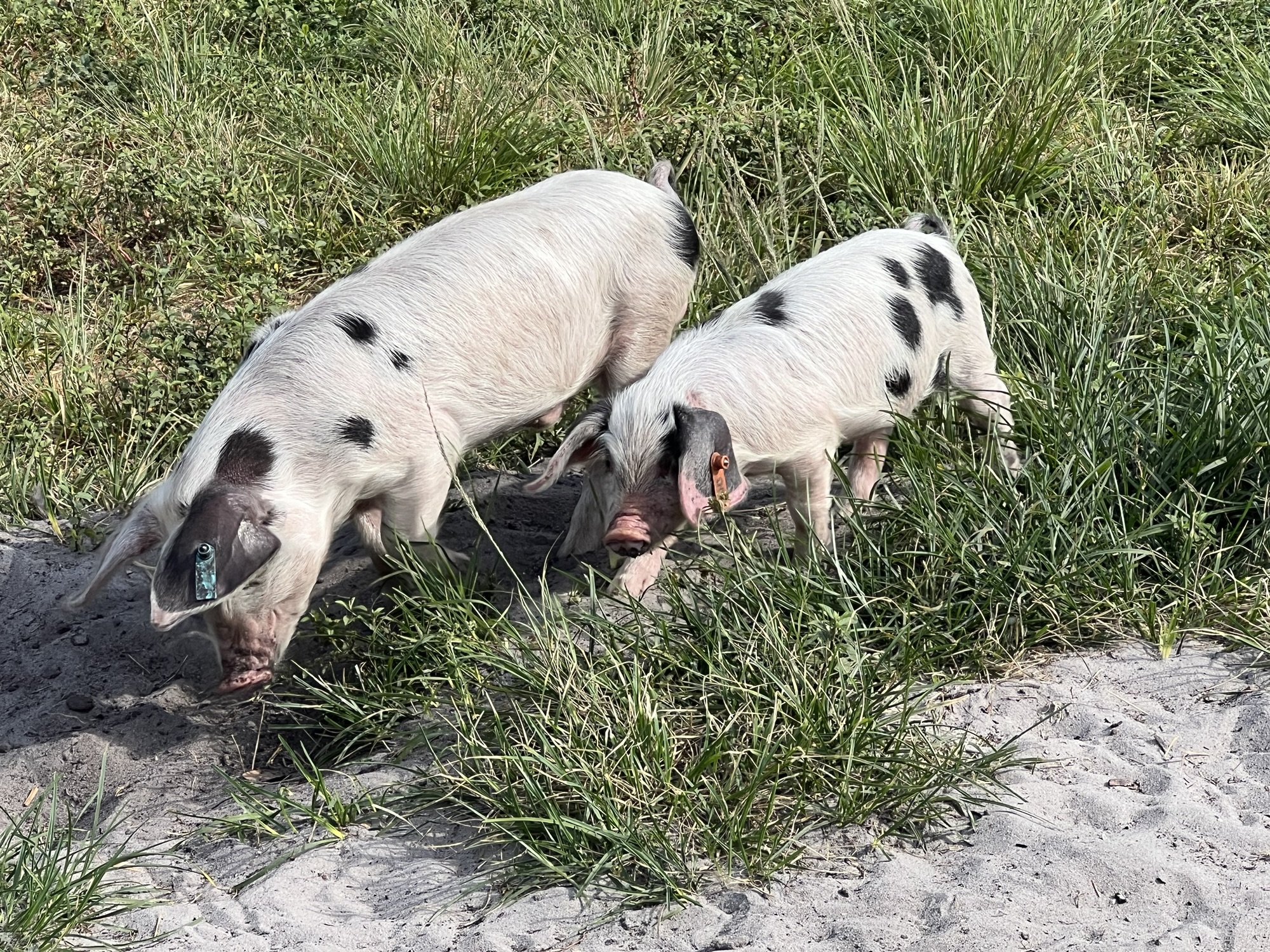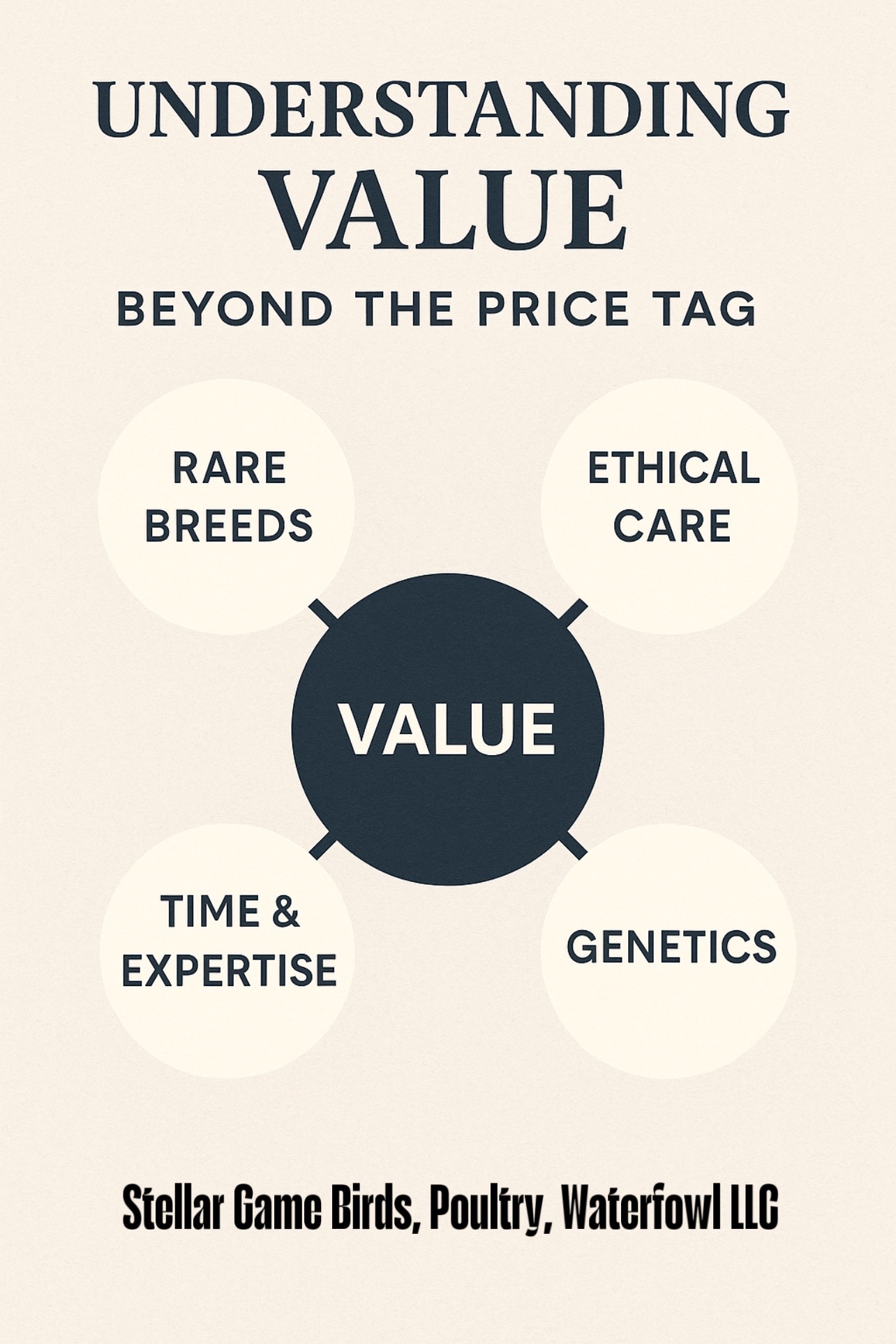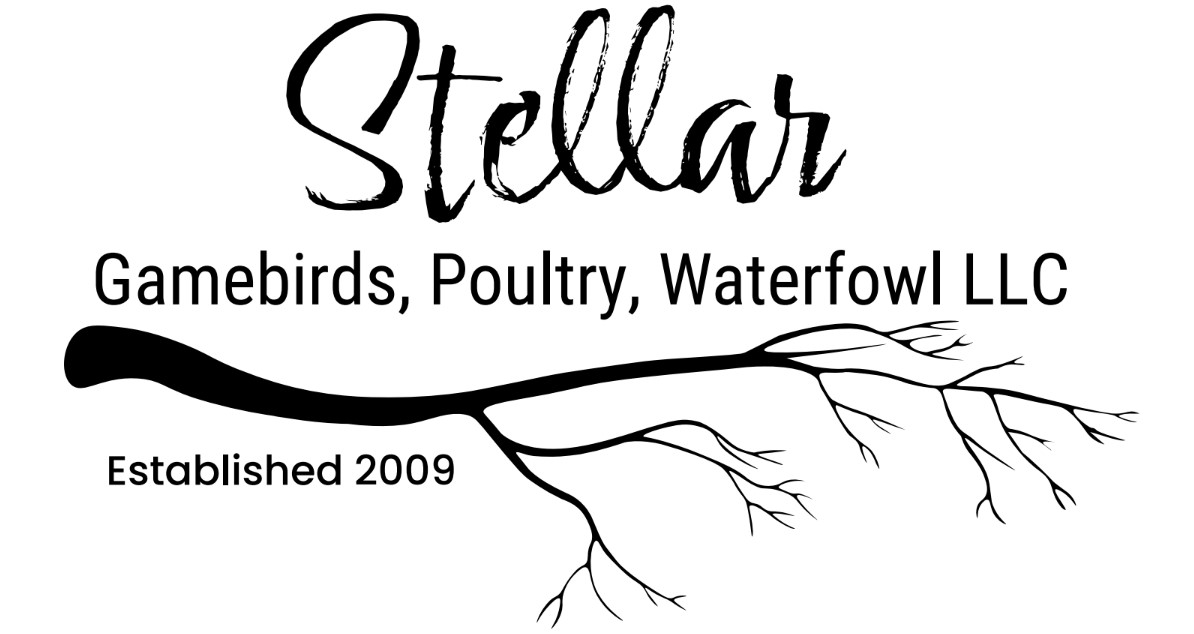Ruminants rely on a complex microbial ecosystem within the rumen to digest fibrous plant materials. In goats, as in other ruminants, this symbiosis is vital for converting roughage into energy. However, this delicate system can be disrupted—sometimes severely—by dietary imbalances. Rumen acidosis, though more frequently studied in cattle, poses a serious health threat to goats when carbohydrate-rich feeds overwhelm the ruminal buffering system. This article explores the pathophysiology, clinical signs, diagnosis, treatment, and prevention of rumen acidosis in goats.
1. Pathophysiology of Rumen Acidosis
Rumen acidosis is a metabolic condition characterized by a decrease in ruminal pH, typically below 5.5. The normal pH range in a healthy goat rumen is approximately 6.0 to 7.0, which supports the activity of fiber-digesting (cellulolytic) bacteria.
When a goat consumes excessive fermentable carbohydrates—such as grains, processed feeds, or sugary treats—there is a rapid proliferation of amylolytic bacteria like Streptococcus bovis. These microbes produce lactic acid as a byproduct of starch fermentation. Lactic acid has a lower dissociation constant than volatile fatty acids (VFAs), leading to a sharper drop in pH. This acidic environment is hostile to normal rumen flora, killing off beneficial microbes and allowing acid-tolerant species like Lactobacillus spp. to dominate.
The increase in lactic acid leads to:
- Rumen stasis and poor motility
- Increased osmotic pressure, drawing fluid into the rumen (leading to dehydration)
- Absorption of D- and L-lactic acid into the bloodstream, resulting in systemic lactic acidosis
2. Classification of Rumen Acidosis
Rumen acidosis can be acute or subacute
Acute Rumen Acidosis
Occurs rapidly, usually after a large ingestion of grain or sugar. It is a veterinary emergency.
Subacute Rumen Acidosis
Develops over time with diets high in grain or low in fiber. It may not show severe symptoms immediately but leads to long-term health impacts, including liver abscesses and reduced milk/meat productivity.
3. Clinical Signs
Acute Acidosis
- Sudden loss of appetite
- Abdominal pain (kicking at belly, teeth grinding)
- Diarrhea, often watery and foul-smelling
- Dehydration and sunken eyes
- Depression and weakness
- Distention of the left abdomen (bloat)
- Ataxia or recumbency in severe cases
- Death, especially in young or small goats
Subacute Acidosis
- Decreased feed intake
- Inconsistent feces
- Poor weight gain or milk production
- Chronic hoof problems (laminitis)
- Reduced cud chewing and altered rumen motility
4. Diagnosis
Diagnosis is based on history, clinical signs, and laboratory analysis:
- Rumen fluid pH: Measured using a pH meter; values <5.5 are indicative
- Rumen protozoa count: Low or absent in acute acidosis
- Plasma lactate: Elevated levels suggest systemic acidosis
- Urinalysis: May reveal aciduria
- Necropsy findings: Reveal a sour-smelling rumen, hemorrhagic mucosa, and inflamed rumen lining
5. Treatment Protocols
Mild Cases:
- Remove grain and switch to high-quality hay
- Administer oral buffers such as sodium bicarbonate (1–2 g/kg body weight)
- Provide free-choice clean water
- Probiotics or rumen transfaunation (rumen fluid from a healthy donor) may help restore flora
Moderate to Severe Cases:
- Immediate veterinary intervention
- Intravenous fluids with bicarbonate to correct systemic acidosis
- NSAIDs for inflammation and pain
- Thiamine (Vitamin B1) to prevent polioencephalomalacia
- Activated charcoal in some cases to absorb toxins
- Antibiotics may be used to control secondary infections, such as liver abscesses from Fusobacterium necrophorum
6. Prevention Strategies
The key to preventing rumen acidosis is dietary management and feed transition control:
- Introduce grain gradually over 2–3 weeks
- Ensure a minimum of 40–60% roughage in the diet to stimulate chewing and saliva production (natural buffers)
- Feed long-stem hay before grain to slow fermentation
- Provide free-choice mineral supplements containing buffers or offer plain baking soda
- Use feed additives such as yeast cultures to improve fiber digestion
- Maintain consistent feeding schedules
- Avoid sudden pasture changes, especially in lush spring growth
7. Implications for Herd Management
Rumen acidosis not only affects the individual goat but can lead to herd-wide performance issues. Subacute cases may be misdiagnosed as poor genetics or other health problems. Monitoring body condition, manure consistency, and feeding behavior can provide early clues.
Conclusion
Rumen acidosis is a preventable yet potentially devastating condition in goats. A strong understanding of ruminant digestion and careful dietary practices are the cornerstones of prevention. Farmers and homesteaders must remain vigilant—especially during periods of feed transition, increased concentrate feeding, or changes in pasture composition. When caught early, most goats recover well, but repeated or severe bouts can have lasting health consequences.










Recent Comments